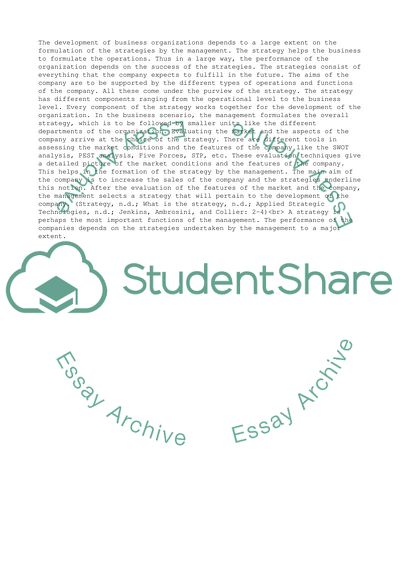Cite this document
(Strategic Management of Pepsi and Coca Cola Case Study, n.d.)
Strategic Management of Pepsi and Coca Cola Case Study. Retrieved from https://studentshare.org/management/1567869-strategic-management
Strategic Management of Pepsi and Coca Cola Case Study. Retrieved from https://studentshare.org/management/1567869-strategic-management
(Strategic Management of Pepsi and Coca Cola Case Study)
Strategic Management of Pepsi and Coca Cola Case Study. https://studentshare.org/management/1567869-strategic-management.
Strategic Management of Pepsi and Coca Cola Case Study. https://studentshare.org/management/1567869-strategic-management.
“Strategic Management of Pepsi and Coca Cola Case Study”, n.d. https://studentshare.org/management/1567869-strategic-management.


